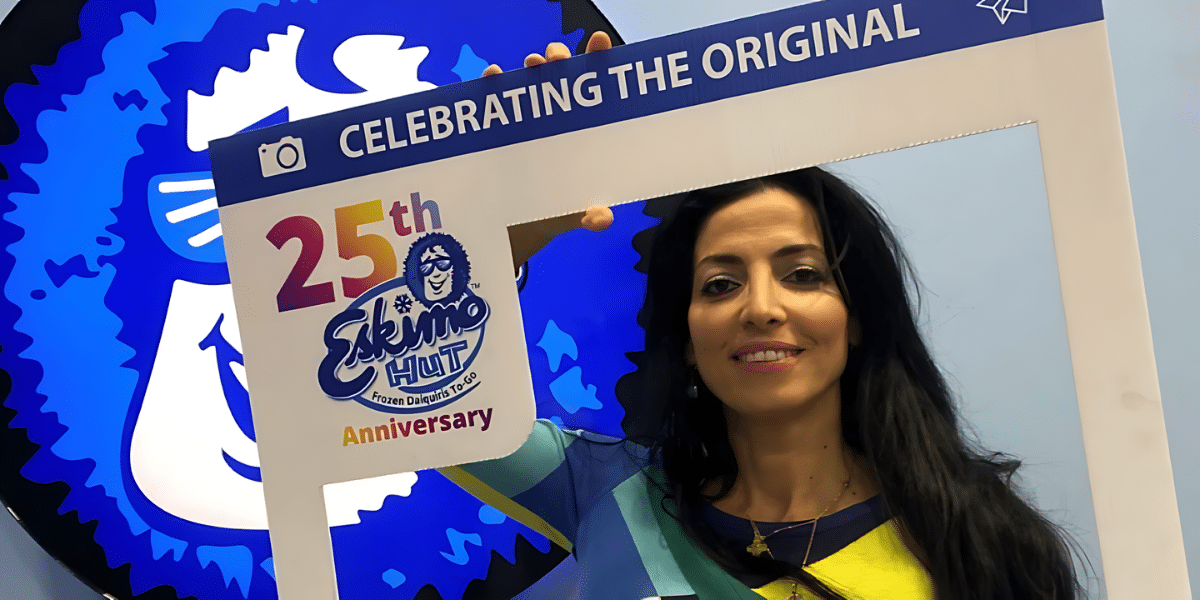Dylan Taylor is known for his prominent role in the NewSpace sector. As the world’s most active space investor and the 606th human to fly to space aboard Blue Origin’s NewShepard Mission 19, Dylan Taylor is a prime example of the spirit of exploration that has defined human ingenuity since its inception
Adding more prestige to this role, Taylor has now explored the Mariana Trench, making him only one of a few people to have traveled both to space and the deepest part of our world’s oceans. The Mariana Trench, a crescent-shaped scar on the Pacific ocean floor, measures more than 1,500 miles long and averages 43 miles wide. The full distance between the surface of the ocean and the trench’s deepest point, called the Challenger Deep, is roughly seven miles. For comparison, Mount Everest would still be more than a mile underwater if it were placed into the Mariana Trench.
Taylor sheds some light on the unique opportunity and how traveling to extreme locations has brought about new insights into an unforgettable experience — and its implications for the human experience.
Diving into the Deep: A Unique Opportunity
Diving into a completely unexplored part of the Mariana Trench wasn’t originally on Dylan Taylor’s radar. However, an invite-only situation and the incredibly unique, once-in-a-lifetime opportunity was simply an adventure Taylor couldn’t turn down.
He was first introduced to Rob McCallum, the mission leader who works with Victor Viscovo on deep sea dives, as a commercial astronaut and someone who might be interested in another adventure on the edge of exploration. After being invited to join the mission, Taylor stayed for eleven days in the South Pacific. Ultimately, he had his opportunity to join Victor Viscovo on the third and final dive of the expedition to the western edge of the Eastern pool.
Mariana Trench Challenger Deep is separated into three pools: Western, Central and Eastern. First explored very minimally in 1957 and finally documented in 1984’s SV Takuyo mission, the Eastern pool has now become the most explored area of the trench. However, the Western part of the Eastern pool has never been explored in-depth by humans. Viscovo and Taylor chose to dive into the site to see what they could find for the first time.
According to Taylor, it was remarkable.
“We discovered a gigantic sea ridge down there with what appears to be new types of bacterial colony of life forms and other things of note. It was fascinating, and we were in the submarine for about 11.5 hours — traveling about 4 hours to the bottom, we spent roughly two hours on the seafloor,” says Dylan Taylor.
Traveling back up to the surface also takes nearly as long as the way down, as they spent roughly five hours gliding back up, including the time it takes to be recovered by the ship.
Space Exploration & Underwater Exploration
While sea and space exploration are seemingly different, they both have many commonalities that helped Taylor prepare for his journey to the bottom of the Mariana Trench.
Both training processes involve an overview of the systems, emergency procedures, and how the life support systems work.
“During both journeys, explorers are essentially placed into spaceships, where they’re encapsulated life support vehicles plugging into environments harsh to human life. So the systems are similar; the telemetry you’re getting, how you think about emergency procedures and system redundancy.”
For both journeys, it’s also about preparing yourself mentally for what to expect when you’re in space or plunged into the ocean depths. One thing Taylor notes about both explorations is they’re very cramped environments. Hence, travelers need to get comfortable and ensure they’re not claustrophobic and can mitigate any mental stress while on their way.
For Taylor, traveling both to space and the ocean floor was mind-blowing. Similar to the awe-inspiring experience of the Overview Effect when he was in space, Taylor says the notion of being present during something so unique — and in many ways stressful — is top of mind.
However, being one of only a few humans who have completed a trip to space and the Challenger Deep is not lost on Dylan Taylor, both personally and for what insights this could offer humanity.
“It’s astonishingly surreal to think of how many billions of people have lived in the history of humanity and have the enormous privilege of doing two things that are so incredibly unique.”
Taylor says he feels a deep obligation to maximize the impact that someone in his position can make here on Earth based on these two unique experiences. Furthering this mission is the nonprofit he co-founded, Space for Humanity, which seeks to help democratize space exploration for all. As for the world’s oceans, Taylor says he’s still considering how he can positively impact the world’s oceans and significantly contribute to sustaining them.
One reason it’s so important to continue nurturing the ability of space and deep sea exploration is to develop a better insight on the evolution of life on Earth and our innovative capabilities and highlight human ingenuity.
“I think it’s about pushing what’s possible in terms of technology, the spirit of exploration, having this notion of what’s over the hill, what’s left undiscovered which has driven much of humanity over time,” he says.
Taylor continues, “If you look at the ocean, so much of it has been unexplored. You could argue we have much more to explore here on Earth, then we do in space — at least given our technology.”
It’s true that deep sea exploration has even impacted space exploration. For example, scientists from Arizona State University have pioneered an innovative scientific process of geochemical exploration for Earth and beyond in their Systematic Underwater Biogeochemical Science and Exploration Analog (SUBSEA) program. This new approach is set to be a breakthrough to guide future space explorations.
While both types of explorations can inform the other, they’re also important to expand our knowledge and understanding of life. For instance, without space exploration, humans on Earth would have never received such innovations as X-rays, water filtration or memory foam. Deep sea exploration, in kind, has given humanity new sources of energy, food, medical therapies, vaccines and more. These vastly different environments are important to shape, expand and improve our lives. In turn, exploration also helps humans realize just how much we don’t know about life here on Earth and beyond. However, in the decades to come, it will motivate us to reach further than we thought imaginable and build a deeper insight into the diversity of life and sustainability.
Check out more of Dylan Taylor’s Challenger Deep journey on his YouTube!





